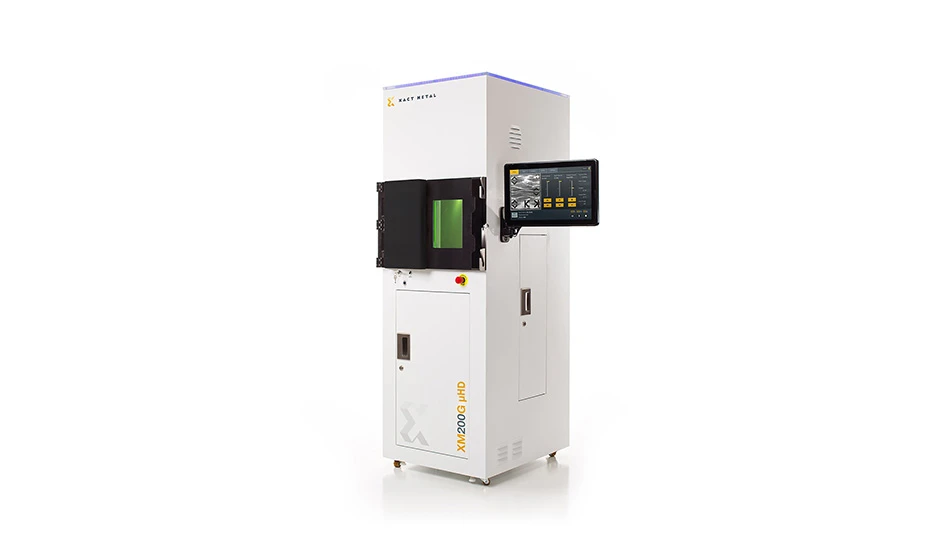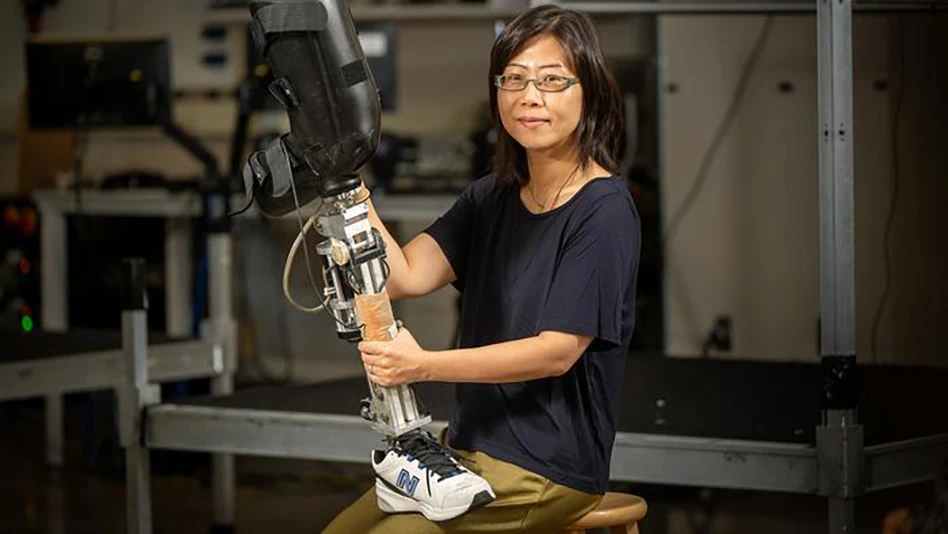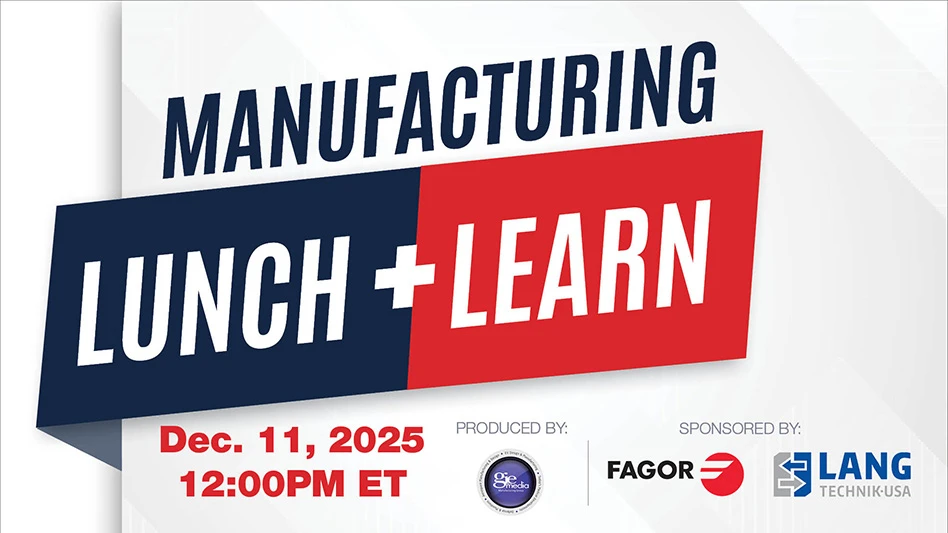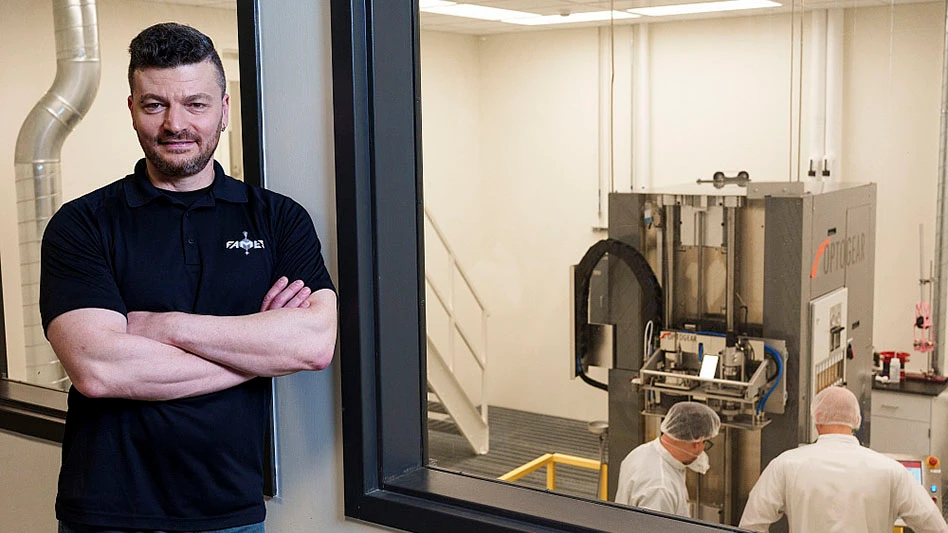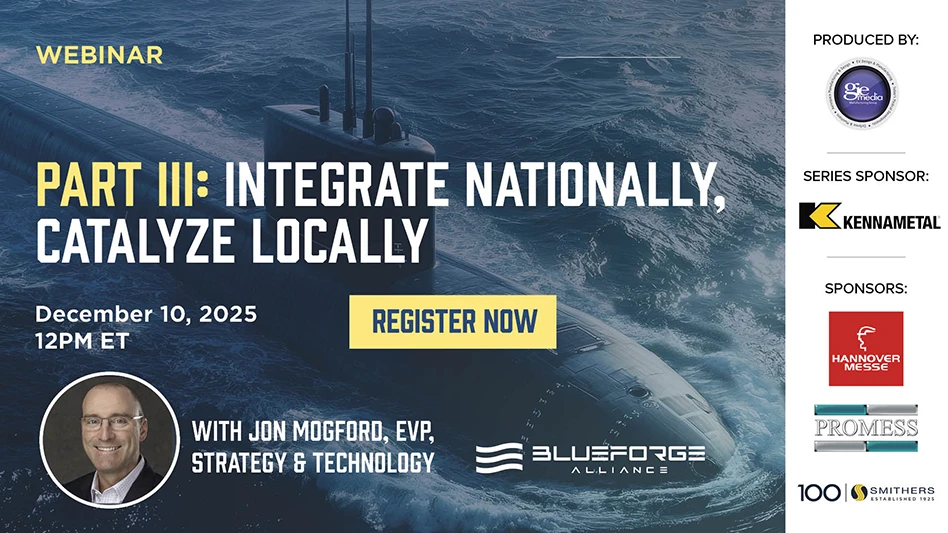 The Rowe-Pump is an infusion pump used for critical drug administration.The use of plastics in medical engineering is constantly increasing. Apart from medical disposables, the application of plastics has also become relevant with regard to complex systems. A further development of existing products not only aims at saving costs, but also at the products to become safer and more comfortable for the patient. This has become a trend with low-cost ambulant therapeutic devices that are required to assure the patient’s security and agility at minimized treatment expenses. An infusion pump by the medical technology specialist Rowe-Med, which is being welded by use of laser radiation, complies with these criteria.
The Rowe-Pump is an infusion pump used for critical drug administration.The use of plastics in medical engineering is constantly increasing. Apart from medical disposables, the application of plastics has also become relevant with regard to complex systems. A further development of existing products not only aims at saving costs, but also at the products to become safer and more comfortable for the patient. This has become a trend with low-cost ambulant therapeutic devices that are required to assure the patient’s security and agility at minimized treatment expenses. An infusion pump by the medical technology specialist Rowe-Med, which is being welded by use of laser radiation, complies with these criteria.
The Rowe-Pump is a physically-powered, patent-pending infusion pump, developed and manufactured by Rowe-Med. It is used for critical drug administration and is the first injection pump worldwide featuring a device to control consistency of flow rate without the use of additional electrical equipment.
Choosing, optimizing
The requirements regarding the weld-seams of the pump are high. The material in use is a polycarbonate, especially optimized for application in medical technology. The midsection of the housing is dyed blue according to the design specifications. In the midsection, a transparent lid is welded onto each side. The components need to withstand internal pressure of up to 4 bar. The pump is used in direct contact with the patient and needs to meet high standards of hygiene. Furthermore, the integrated micro-channels feature diameters in the area of >10μm. The welding environment therefore needs to be dust-free and protected from contamination. Since the micro-channels are located in immediate proximity to the weld seam, energy input needs to be extremely precise. Last, but not least, cycle time should be as short as possible.
During the evaluation process it became evident that laser transmission welding was a suitable procedure, meeting the requirements listed above. Nonetheless, the solution was not found easily.
The first of the preliminary tests were deflating: the penetration depth of the particular laser radiation into the blue-dyed material was too high. Neither dimensional accuracy nor firmness could be met as required. At this point, a close collaboration between the material manufacturer, Treffert Polymer Technology, the manufacturer of the laser systems, Leister Process Technologies, and the medical-technology company set in.
The task was to develop a color corresponding to function: The color needs to equal the blue of the company color of RoweMed, meet the high requirements of medical technology standards, and allow for optimal absorption of the laser’s energy into the surface of the workpiece – without affecting the mechanical properties of the plastic.
Depending on the type of polymer, plastics are usually up to 95% transparent to light in the NIR area. It is only after admixing additives and/or dyes that energy is absorbed and the plastic melted. In order to determine the optimal formulation, a development with absorption at 950nm was started. As the resulting surface absorption was too little, the manufacturer developed a formulation with a maximum of absorption at 1,064nm. The resulting color did not meet the requirements of the medical technology company, however. The optimal shade of color exhibiting the required absorbing qualities was finally achieved at a lower wavelength. In order to provide consistent distribution of the absorber within the plastic’s matrix, a compound was produced.
The next step was to avoid occurrence of a weld bead between the joining partners since this would negatively affect the welding process. After optimizing tools and die cast processes, sink marks causing disruptions larger than 0.1mm could be eliminated.
The different parts of the pump are joined by laser transmission welding using a system of the Novolas WS product line. The system is equipped with a 50W diode laser of the wavelength required by the absorber. Its two linear axes feature a traverse path of 250mm each in order to conduct the relative movement between laser beam and workpiece. Considering a lot size of 200,000 to 400,000 pieces a year, a standard workstation featuring a hand work place is most suitable. Charging and discharging of the system is done manually. The actual welding process happens automatically in a laser secured, enclosed section within the workstation. The clamping device is double-featured, allowing for two individual workpieces to be clamped simultaneously. At every cycle, a lid is welded onto the middle section of each workpiece, followed by an under-part, which is then welded onto the assembly.
This procedure allows for a finished workpiece to be discharged after every cycle, with no semifinished products need to be stored. To guarantee a secure process for the operator, the workpiece holders on the clamping device are monitored to detect presence and positioning of the workpieces while the opening for assembly is secured by a light grid, allowing the system to recognize whether the assembly has been completed.
Laser transmission welding of thermoplastics is becoming more and more popular for applications in the field of medical technology. It allows the user to profit from advantages like high precision of the weld seam and a clean, dust free welding process without having to cut back on other weld qualities such as firmness. Collaboration in early phases of the project – between user, manufacturer of masterbatch/compound, and the manufacturer of the laser system – results in finding economic, high-quality solutions for a broad variety of applications.
Leister Process Technologies
Kaegiswil, Switzerland
leister.com

Explore the January February 2010 Issue
Check out more from this issue and find your next story to read.
Latest from Today's Medical Developments
- GrindingHub Americas launches in 2027 in Cincinnati, Ohio
- Methods Machine Tools now offers the Nakamura-Tome NT-Flex
- Battelle awards $900,000 in STEM education grants to Ohio schools
- #55 Lunch + Learn Podcast with KINEXON
- Starrett and Gerstner offer limited edition, American made 1950s replica wooden machinist tool chests
- EMCO’s UNIVERSALTURN 50: The new benchmark in universal turning
- Archetype's Expertise for Equity accelerates early-stage innovation
- Stratasys expands its AM solutions with Tritone's cutting-edge technology
